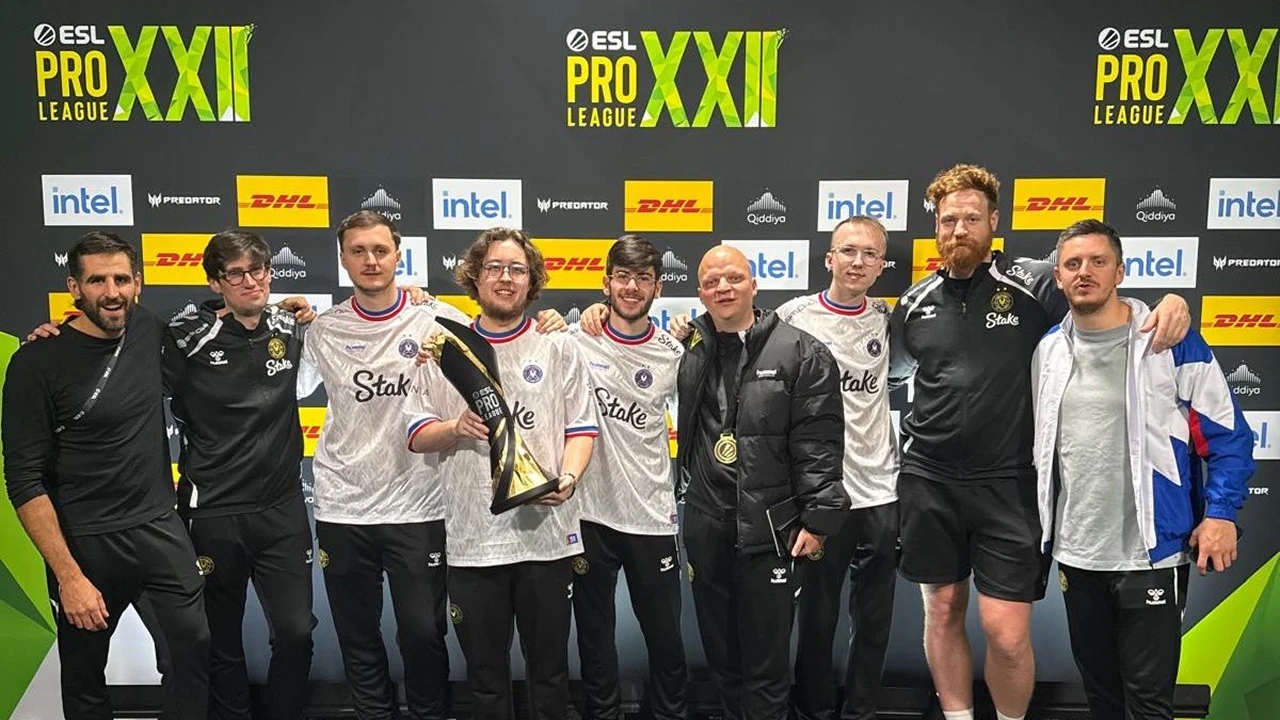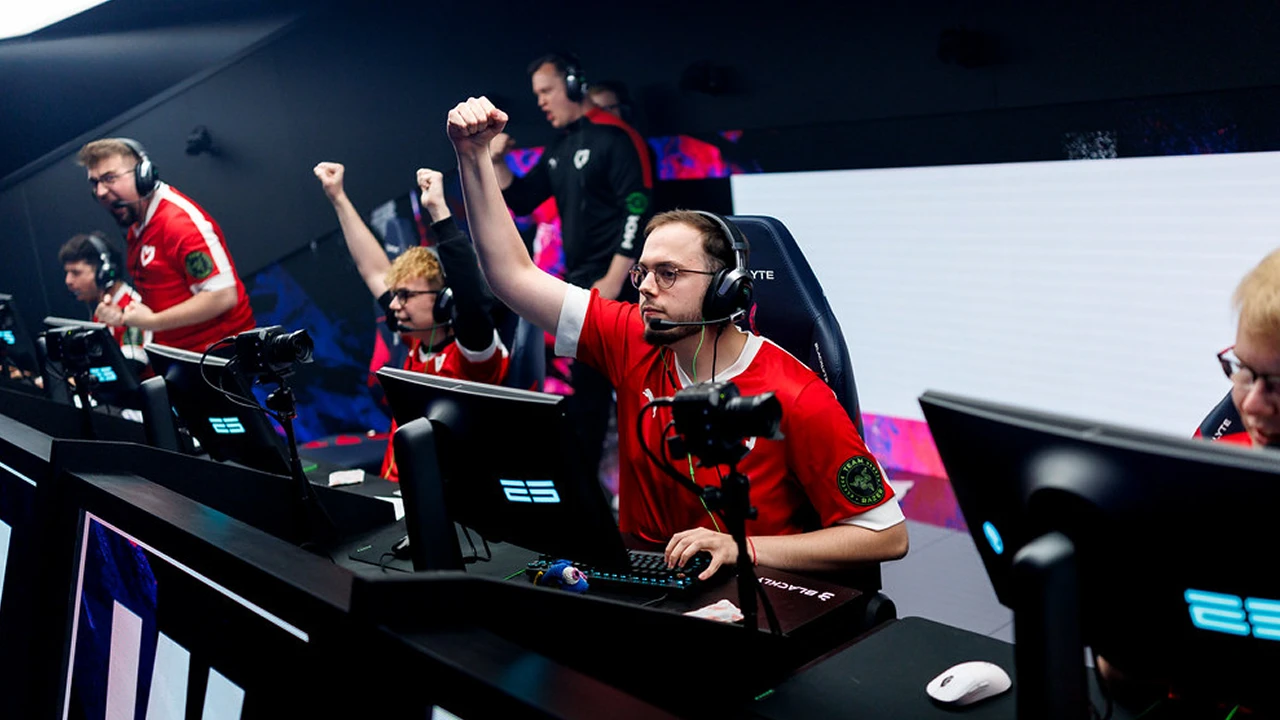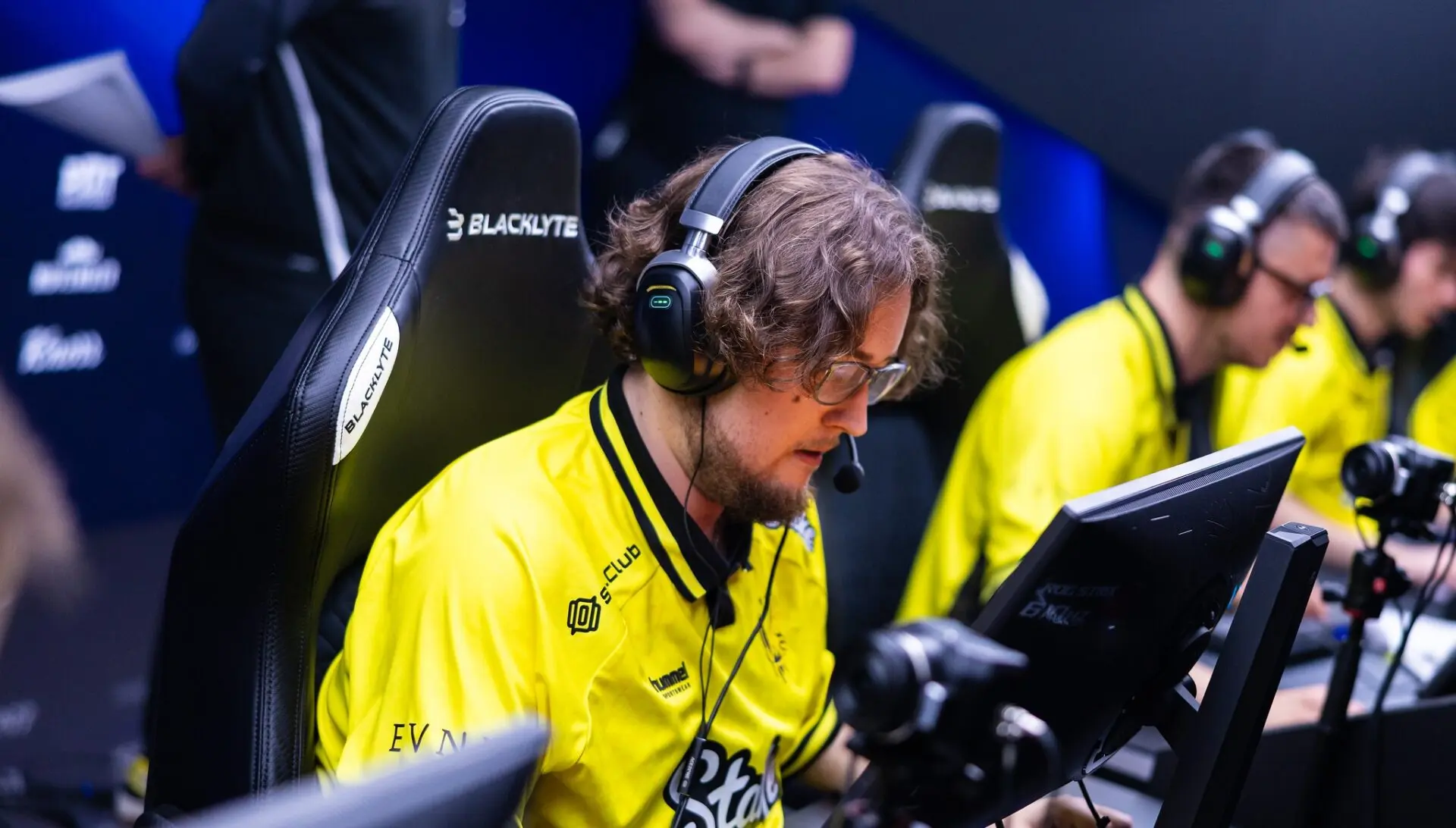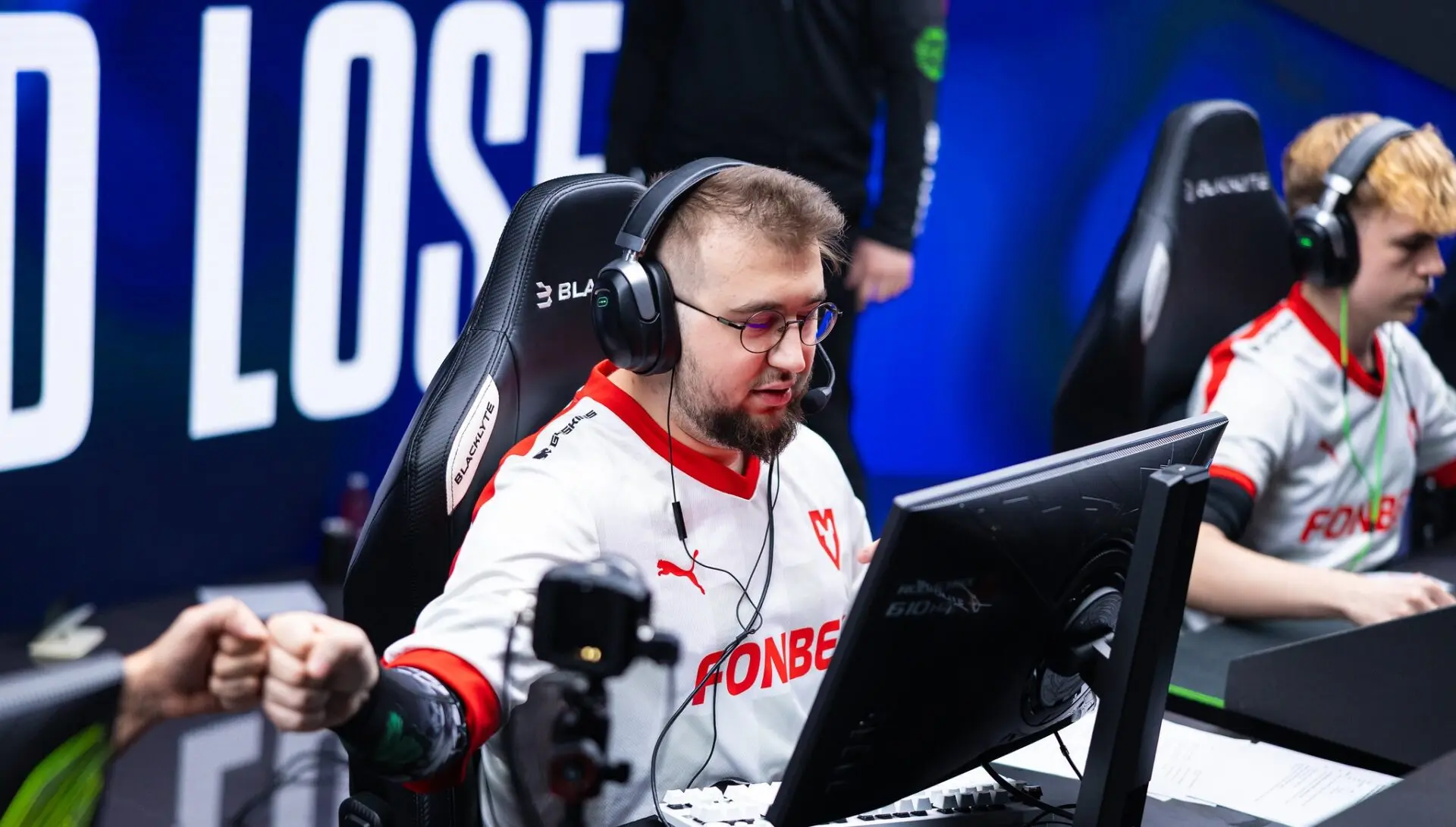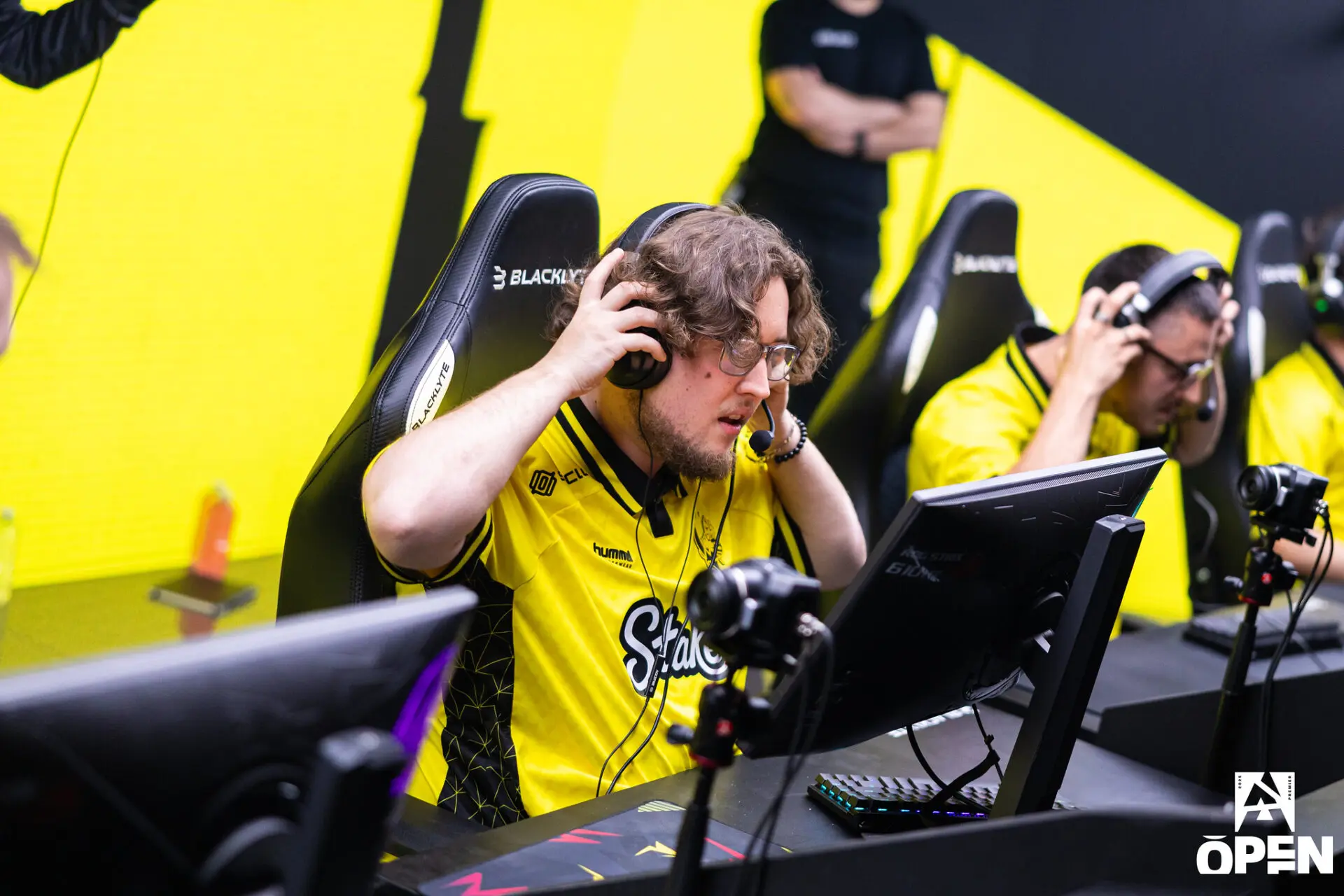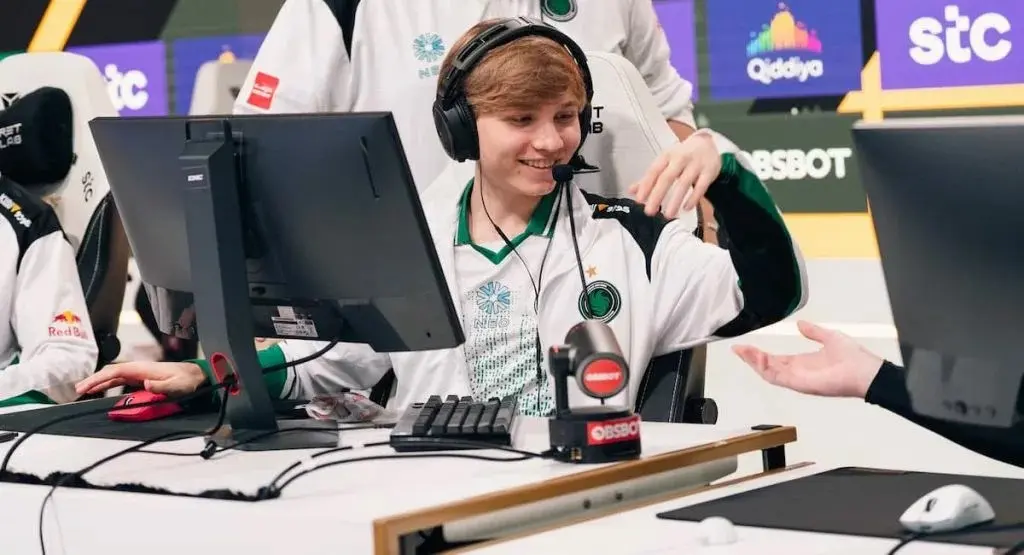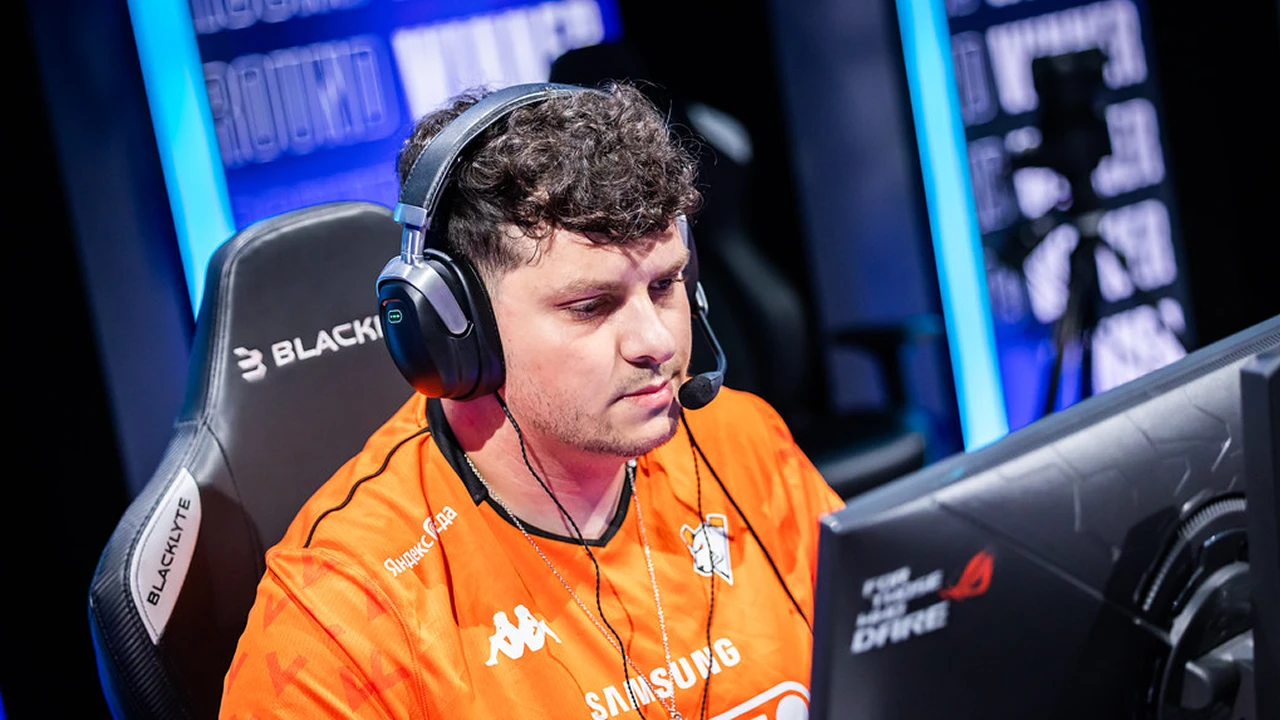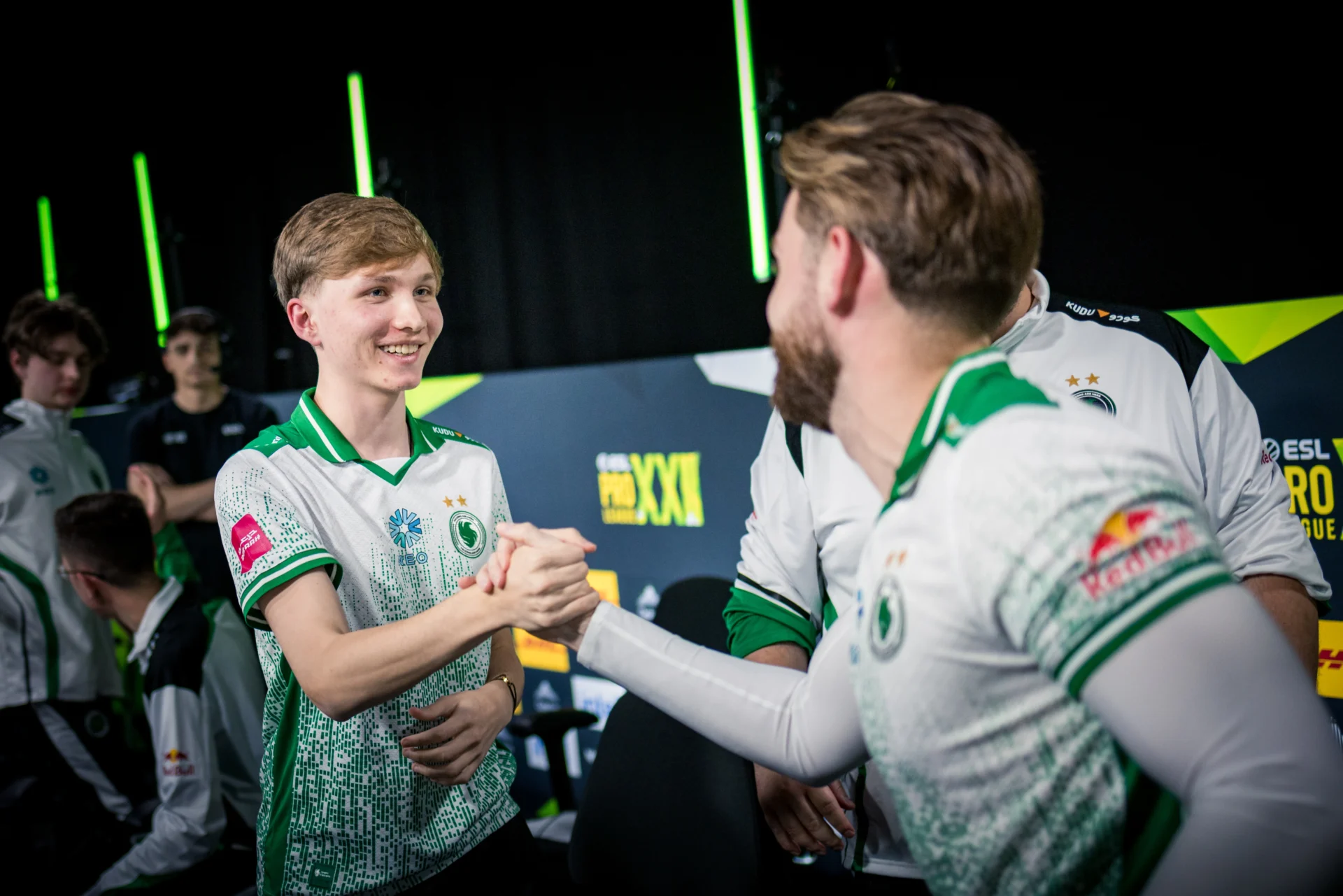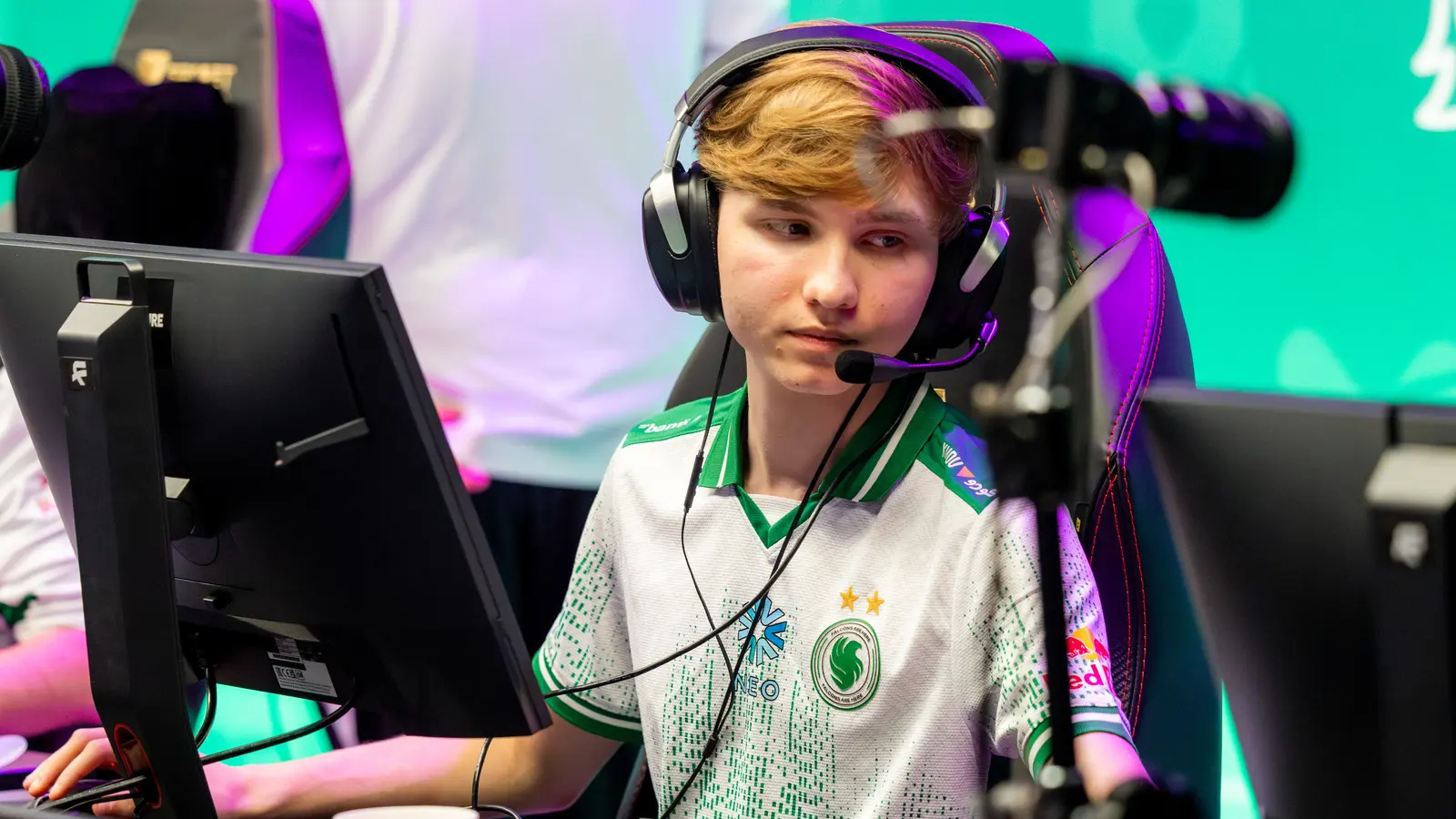The closure of the ESL Impact League in November 2025 marks the end of a three-year experiment that aimed to elevate women’s Counter-Strike but ultimately succumbed to harsh economic realities. While the league succeeded in creating opportunities for female players, its shutdown exposes deeper structural issues that made its failure almost inevitable.
The Rise and Fall of ESL Impact
Launched in 2022, ESL Impact League had ambitious goals: to establish a dedicated competitive pathway for women in Counter-Strike and raise their profile in a male-dominated esports landscape.
Over eight seasons, the league distributed roughly $300,000 annually, hosted global LAN finals, and became the premier platform for women’s Counter-Strike.
Its achievements were genuine but limited. Teams like Nigma Galaxy dominated the early seasons (2022–2023), followed by Imperial Valkyries (2024) and FURIA fe (2025). The league’s defining milestone came when Imperial Female became the first all-female Counter-Strike team to qualify for a major tournament (IEM Katowice) through co-ed qualifiers — breaking a barrier that had stood since the game’s inception.
read more
Yet these successes couldn’t offset what ESL itself described as “economic realities” — a combination of high production costs, low sponsorship returns, and limited audience retention.
In its official statement from October 2025, ESL noted that despite “significant investment,” the league’s financial model “did not reach long-term sustainability.” This decision came even after the company’s $1.5 billion acquisition by Saudi Arabia’s Savvy Gaming Group in 2022.
The Audience Problem: Viewership Below Expectations
The league’s biggest challenge was viewership — audience interest was consistently below expectations.
While detailed analytics are limited, available data paints a clear picture: ESL Impact Season 3 peaked at 28,000 viewers, and later seasons struggled to surpass that number. In comparison, mainstream Counter-Strike events routinely attract hundreds of thousands of concurrent viewers.
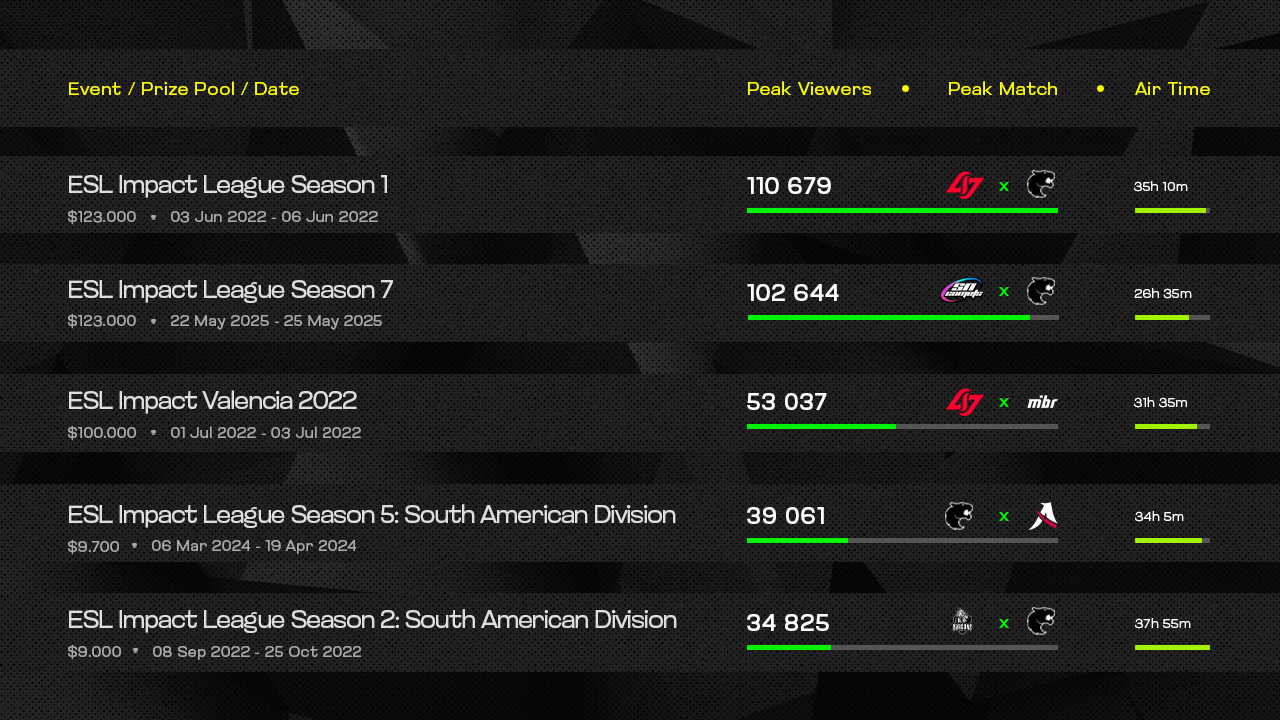
One rare exception came when Imperial Female faced NAVI at the BLAST Bounty event — that match drew 490,804 viewers, proving that fans will watch women’s Counter-Strike when it’s integrated into the main competitive circuit and carries meaningful stakes.
The broader women’s esports landscape mirrors this trend. Viewership for female-only tournaments fell 26% in 2024, while the number of such events dropped 21%. Counter-Strike performed particularly poorly — women’s tournaments represented just 0.2% of total CS viewership, compared to 5.6% for VALORANT and 1.3% for Mobile Legends: Bang Bang.
read more
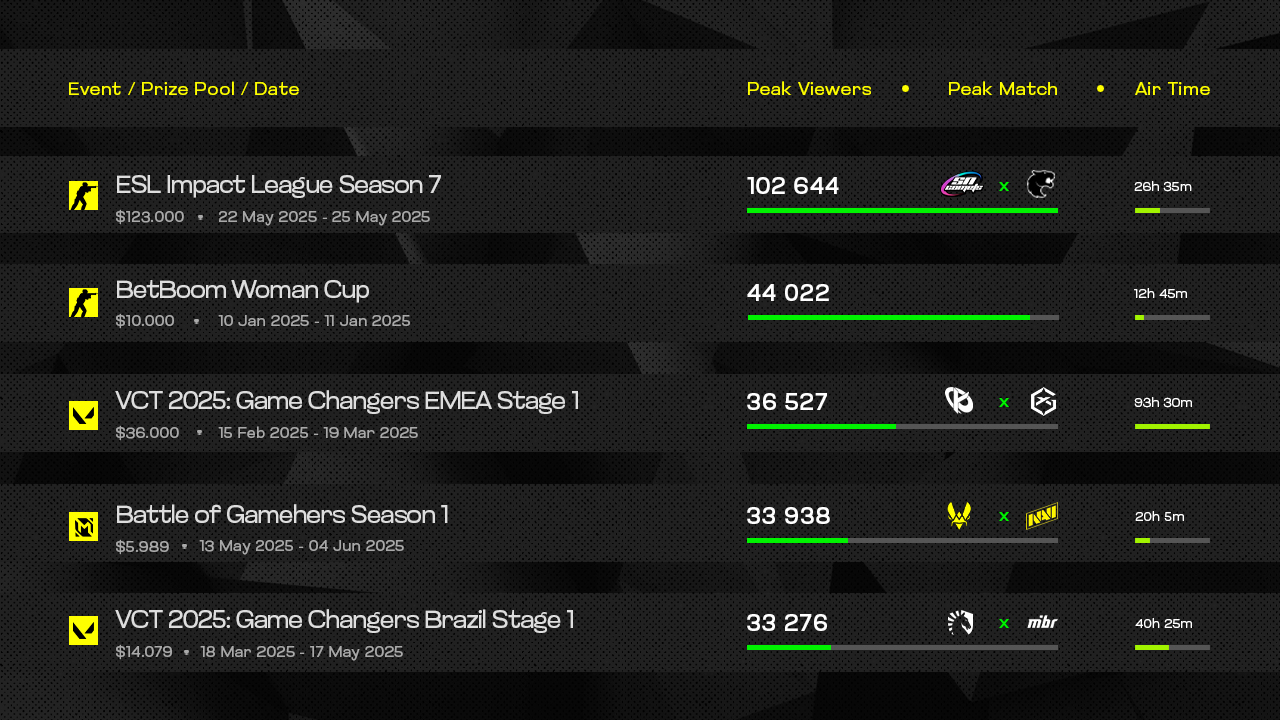
The Skill Gap Reality
A difficult truth lies beneath ESL Impact’s downfall: the competitive level of play. Analysts and coaches have long debated the issue, and not without controversy. Esports journalist Duncan “Thorin” Shields put it bluntly:
Teams of female players have done particularly poor, and there have never been CSGO pros who were beyond occasions where the scene was very diluted.
He also pointed to a lack of intensity and focus among some competitors:
It’s actually a provable fact that the women competing at a pro level aren’t practicing the same way. Some don’t appear to have the same drive and some don’t want to give up the comfort of female-only tournaments to try and be pros.
NatoSaphiX also emphasized that female players’ mechanical skills are often impressive, but their “teamplay and macro understanding lag behind Tier 3–4 men’s teams.” The statistics reinforce this. Even the top female Counter-Strike teams sit around #220 on HLTV, placing them below Tier 5 competition — far from the structure of professional play.
The gap isn’t biological — it’s developmental, fueled by limited scrim opportunities, lack of exposure to top-tier opponents, and a self-contained ecosystem that rarely intersects with the broader CS scene.
Harassment and the Structural Barriers in Counter-Strike
The competitive gap also stems from a more uncomfortable truth — the social environment.
Women represent only 20% of Counter-Strike’s player base, compared to 46% of gamers globally, shrinking the potential talent pool. Worse, many women avoid competitive environments altogether due to persistent harassment.
read more
A vivid example came in August 2025, when streamer Peach (@hvnlypeach) posted a viral video from a FACEIT match:
I just wanna show you guys how draining it is to play FACEIT as a woman these days… This is over 50% of my games these days. Please, if you see a girl being harassed in the lobby — say something.
Her clip featured teammates hurling profanity and mocking her live, reigniting debate about whether Counter-Strike’s community culture actively discourages women from pursuing competition.
Such experiences compound the skill gap, as many women avoid voice comms — a critical part of tactical play — simply to escape verbal abuse.
Unlike VALORANT, where Riot Games’ Game Changers program was built into the ecosystem from day one, Counter-Strike’s women’s scene evolved as an afterthought. As a result, female players remained confined to isolated leagues with few chances to test themselves against stronger opponents.
The VALORANT Comparison: Two Different Worlds
Comparing ESL Impact to Game Changers reveals not just a difference in success, but in design philosophy. Riot’s circuit accounts for 24% of all VALORANT tournaments, and women there earn about 14% of total prize money, compared to less than 3% in Counter-Strike.
The 2024 Game Changers Championship peaked at 464,500 viewers, showing steady year-over-year growth.
read more
But the key difference isn’t simply inclusivity — it’s audience targeting.
Riot built VALORANT around accessibility and diversity, creating a player base open to narrative-driven, identity-inclusive competition. Counter-Strike, in contrast, remains anchored in a legacy competitive culture — appealing primarily to “core” fans, the same demographic that’s been watching CS since 1.6 and Source.
This isn’t about toxicity; it’s about market segmentation. Riot’s product serves a modern, socially engaged audience, while Counter-Strike caters to competitive traditionalists — “the beer-and-frags crowd.” And those audiences respond to different incentives.
Economic Realities and Saudi Investment
ESL Impact’s closure also exposes a broader strategic pivot. With the Saudi Public Investment Fund’s backing, ESL FACEIT Group theoretically had immense resources, yet its priorities shifted. The focus moved toward high-profile ventures like the Esports World Cup, not sustaining unprofitable leagues.
Since the acquisition, ESL has undergone massive restructuring, including an estimated 600–700 layoffs, cutting non-profitable projects. In economic terms: low viewership + high production costs = unsustainable property.
Unlike Riot, which can integrate Game Changers within its ecosystem and cross-finance it, ESL’s independent tournament model required each circuit to stand on its own financially — something Impact never managed to achieve.
read more
The Talent Pipeline Problem
Another structural flaw was the closed ecosystem. ESL Impact featured the same dozen teams for three years, offering stability but stifling mobility. There was no direct path to Tier 3 or mixed qualifiers, keeping even top-performing women’s teams confined within Impact.
Meanwhile, male players climb through FACEIT Pro League, open qualifiers, and tier-2 circuits, constantly facing stronger competition. Female players, segregated in Impact-only tournaments, saw slower tactical and mechanical development.
This stagnation drove some to switch titles entirely — many female pros transitioned to VALORANT, where Game Changers offers a clear progression system and better financial support. As a result, Counter-Strike’s female talent pool continued to shrink.
The Transgender Debate: A Divided Community
During ESL Impact Season 7 at IEM Dallas 2025, controversy erupted when Supernova Comets, a team composed entirely of transgender women, reached the grand final.
ESL’s inclusive policy — allowing players with documented gender identity without requiring medical transition — triggered fierce debate. Critics argued it risked fairness; supporters emphasized equality and visibility.
The crucial point, however, isn’t who’s right. The controversy revealed that the community has no unified stance on gender inclusion. The divide runs deep across fans, pros, and even organizers, showing that women’s esports still lacks a shared foundation for defining fairness and inclusion.
read more
What ESL Impact Actually Achieved
Despite its closure, ESL Impact left a meaningful legacy. It gave dozens of women their first professional contracts, LAN appearances, and real salaries — opportunities that previously didn’t exist in Counter-Strike. For many, it wasn’t just a tournament; it was a validation of years of effort that finally turned passion into a career.
Players like Ana “ANa” Dumbravă, Julia “juliano” Kiran, Ksenia “vilga” Klyuenkova, Zainab “zAAz” Turkie, and Olga “Olga” Rodrigues became pioneers of this new era. Their stories represented persistence — years of grinding through online qualifiers, facing skepticism, and finally standing under the same studio lights as ESL Pro League teams. Under ESL Impact, they proved that women could compete, lead, and inspire, not as an exception but as part of the professional ecosystem.
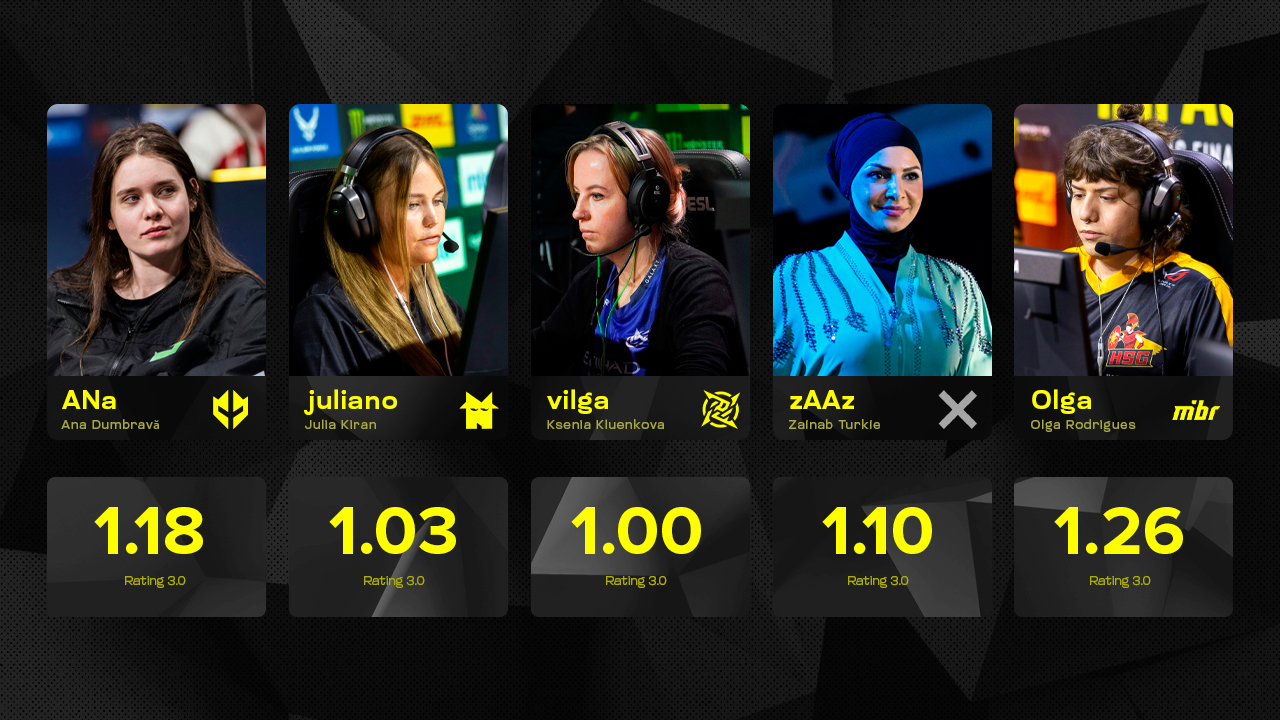
Teams such as Nigma Galaxy Female, FURIA fe, and BIG EQUIPA dominated the circuit and brought international visibility to women’s Counter-Strike. The biggest milestone came with Imperial Female’s qualification for IEM Katowice, marking the first time in history that an all-female lineup reached a mixed-tier event. Beyond that, several players — including ANa and juliano — participated in open qualifiers and mixed tournaments, gaining experience against Tier-3 and Tier-2 male rosters.
read more
The league also gave players something even more valuable — stability and recognition. ESL Impact showed that being a female Counter-Strike pro could be a viable career, with structured teams, coaching, and sponsorship support. For the first time, young girls watching CS could see role models who looked like them, competing on the same stage.
Ultimately, ESL Impact proved that the skill gap between men’s and women’s Counter-Strike is not biological but structural. When given infrastructure, proper training environments, and consistent competition, players quickly developed. The stories of Imperial Female, Nigma Galaxy, and FURIA fe remain proof that inclusion, not segregation, drives real progress — and that the next generation of women in esports now has a path forward.
The Path Forward
The end of ESL Impact doesn’t mark a failure — it marks a transition. Women’s Counter-Strike now faces its most important challenge: integration. The next step isn’t to recreate another isolated league, but to ensure that talented players have direct access to the same competitive ecosystem as men.
Many of today’s female stars — from ANa to Olga — have already shown they can compete in open qualifiers and mixed tournaments. What they need now isn’t protection, but opportunity: access to stronger scrims, developmental programs, and inclusion in regional events under the same structure as everyone else.
Tournament organizers, teams, and the community have a chance to learn from ESL Impact’s legacy — to focus on mentorship, visibility, and shared competition rather than separation. As history showed with Imperial Female’s IEM Katowice run, once women get the chance to stand on the same stage, they deliver.
The next chapter of women’s Counter-Strike will not be written in isolation, but in collaboration — where equality in competition is achieved not by dividing the scene, but by uniting it.






























